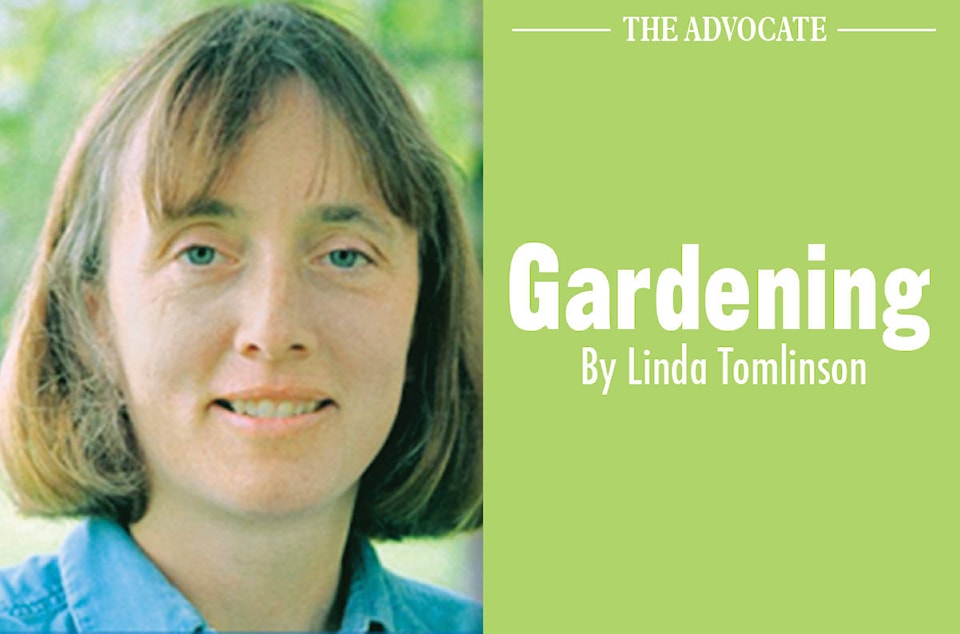Alex Villeneuve is a chef, brew master and an entrepreneur who has been exploring what it takes to grow mushrooms. Italian Oster mushrooms to be exact. On their own, in the wild, the mushrooms can take up to two years to grow to an edible size.
After mush experimentation, In the controlled laboratory that is located at Olds College, Alex has developed a process that will take the mushrooms take 21 days from inoculation to completion.
When forcing anything in grows in the natural environment, nature is duplicated but in a faster sequence. Growing mushrooms is no different.
Mushrooms reproduce with spores but to insure a consistent product, these mushrooms are started by tissue culture in a petri dish.
In nature a tree would incubate the spoors with mycelia growing unseen under the bark. In the laboratory the contents of the petri dish are mixed in a growing medium and placed in a dark growing pod that is warm with a high concentration of carbon dioxide. After 7 days the mycelia, white roots, have grown to cover the growing bag.
The last stage duplicates a warm rainy weather. The growing bag is moved into a growing pod that contains higher humidity, lower levels of carbon dioxide and filled with bright light. Within 14 days the growing bags are covered with large white Italian Oster mushrooms.
Alex has been working on this project for 4 years. It all started with an innocent question in his brew master course. When he saw that spent rye grains were being discarded from the beer making process he asked, if the left over pulp could be used to grow mushrooms. The professor suggested that he try it. He did. Starting with a ziplock bag, inoculant and spent grain.The results were fantastic which lead to the next stage of development.
Building a business plan, entering completions and doing business pitches to receive funding. Alberta Innovates provided funding allowing him to purchase a cement mixer and a couple of grow tents. The warehouse space was supplied by Olds College.
The project gained publicity, more funding and momentum allowing for the next stage of development. The growing chambers were increased in size to seacans, a larger mixing apparatus and a better bagging machine.
As this is a new enterprise much of the specialized equipment has had to be made. Sourcing specially equipment can be expensive but Alex has had help from college staff, others that understand computers and circuitry along with the College’s Maker Space 3D printer
Alex’s started this project to use the sent grain to make brewing more sustainable. He has found that the mushrooms grow well in a spent rye grain medium but knows that have enough medium to use on a commercial scale would have to be trucked in. This has led to the experimentation of other waste products as the growing medium. At present time mushrooms are growing in straw, sawdust and coffee grounds with varying results.
What to do with the growing bags once the mushrooms are picked is also a question that has needed to be solved. Alex sent the materials out for protein testing and found that it is higher in protein than alfalfa. He is waiting for a ruling from the department of Canadian Food Inspection.to see it it can be used for cattle feed.
One of the next experiments will be with compostable growing bags, ending the use of single use plastics..
What is next for Alex and his mushrooms? He expects to continue at the college for a few more months and finetoon the growing process then move it into the commercial facility near Strathmore. In the past, he mushrooms have been for sale at the College Meat Market, and at the college’s Friday greenhouse sales.
Linda Tomlinson is a local horticulturalist that can be reached at your_garden@hotmail.com
